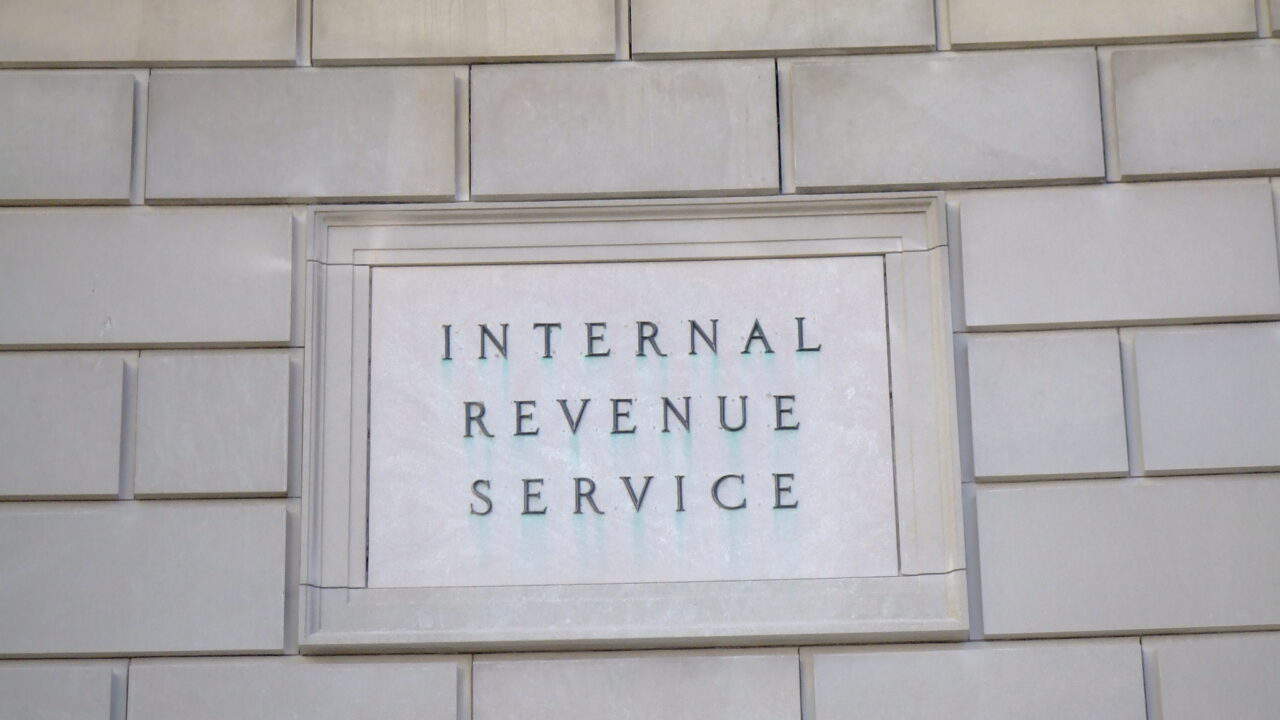 Internal Revenue Service by saturnism is licensed under CC BY-SA 2.0
Internal Revenue Service by saturnism is licensed under CC BY-SA 2.0
Last week, the National Taxpayer Advocate (NTA) at the Internal Revenue Service (IRS) found that the $80 billion in additional funding for the IRS passed last year by Congressional Democrats disproportionately allocated funding for increased enforcement and audits and recommended these funds be reallocated elsewhere.
“The additional funding provided by the IRA is disproportionately allocated for enforcement activities and should be reallocated to achieve a better balance with taxpayer service needs and IT modernization,” a recent publication from NTA concluded.
The National Taxpayer Advocate is the head of the Taxpayer Advocate Service (TAS), the internal watchdog within the IRS meant to advocate on behalf of the average taxpayer and ensure that every taxpayer is treated fairly and knows and understands their rights.
The poorly named Inflation Reduction Act (IRA) added $80 billion in new funding for the IRS on top of its $13.6 billion topline budget. Of the additional funding, more than half (about $45.6 billion) is set to go towards tax enforcement and audits, while a mere $3.2 billion was allocated for Taxpayer Services and $4.8 billion was allocated for modernizing IRS technology. Congressional Republicans have rightfully pointed out the misguided focus on increasing enforcement rather than focusing on taxpayer services
The National Taxpayer Advocate specifically noted examples of the IRS’s poor service such as tens of millions of taxpayers experiencing delays in getting their returns processed and receiving their refunds, millions of taxpayers waiting an average of more than six months for the IRS to process or address their correspondence, and the inability for Americans to reach IRS employees via the phone (IRS employees answered just 11 percent of taxpayer telephone calls in 2021 and 13 percent in 2022).
NTA also addressed the magnitude of the IRS’s technology deficiencies. These deficiencies include the use of about 60 different case management systems that are not synchronized, the lack of a modernized filing system, and the lack of scanning technology for filing returns which requires IRS employees to input the information for each return manually.

